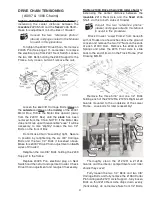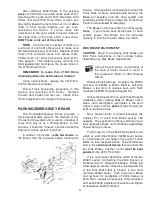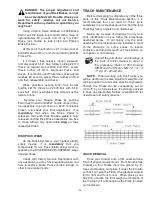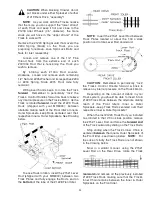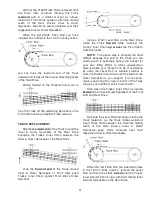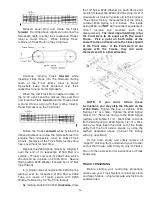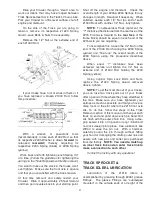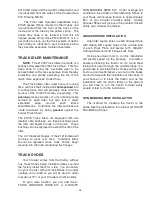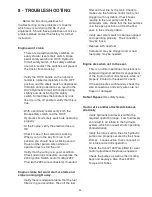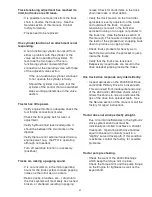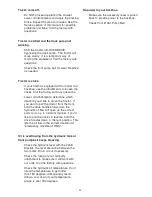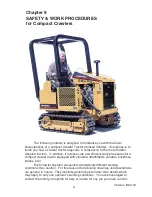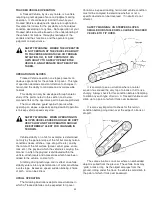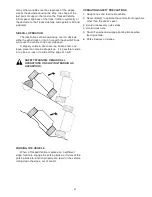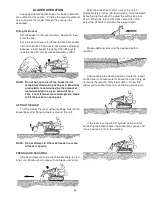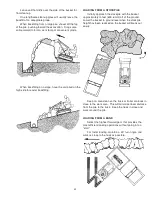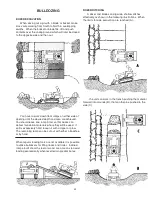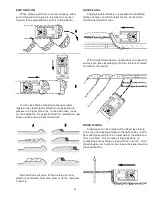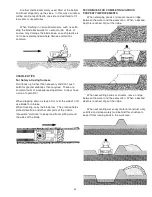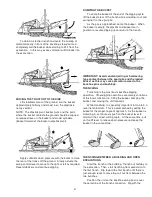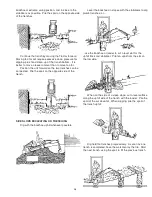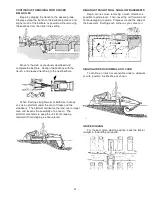
A tracked Vehicle, by its very nature, requires the use
of operating techniques and procedures that are
unfamiliar to most people used to driving wheeled
vehicles.
This means that a person intending to operate a
Tracked Vehicle must allow himself ample opportunity to
familiarize himself with the controls and characteristics of
the machine.
It is the purpose of this booklet to inform and instruct
prospective Track Vehicle operators in an effort to help
them use it safely.
SAFETY WARNING: NO PERSON SHOULD
ATTEMPT TO OPERATE A TRACKED VEHICLE
BEFORE READING THIS BOOKLET
THOROUGHLY. IF ANY PORTION OF THIS
BOOKLET IS NOT CLEARLY UNDERSTOOD,
WRITE TO US AT THE ADDRESS ON THE
FRONT COVER.
TRACKED VEHICLE CHARACTERISTICS
Tracked vehicles possess certain inherent features
not found on standard four-wheel vehicles. For instance,
a standard vehicle will hit bottom when the wheels on
either end are driven over a drop-off. In most cases this
will stop vehicle motion and give immediate warning.
A tracked Vehicle, however will continue on without any
warning until its center of gravity passes across an
imaginary line drawn straight up from the furthermost
point of support with ground. It will drop SUDDENLY.
(See illustration upper right). THIS WILL HAPPEN EVEN
AT THE VERY SLOWEST SPEEDS.
SAFETY WARNING: ANYTIME A PORTION OF
THE TRACK IS NOT IN CONTACT WITH THE
GROUND, STABILITY IS REDUCED. NEVER
ATTEMPT TO ‘JUMP’ A TRACKED VEHICLE
OVER DROP-OFFS, HILL CRESTS, OR OTHER
OBSTACLES. THIS CAN BE EXTREMELY
HAZARDOUS.
A Tracked Vehicle can climb or descend steep slopes, so
steep in fact that the vehicle can tip over forward or
backward, before it loses traction.
Tipover occurs when the Vehicle’s center of gravity
passes across an imaginary line drawn straight up from
the furthermost point of support with ground.
When the vehicle’s center of gravity passes this point,
the vehicle will tip over SUDDENLY.
34


